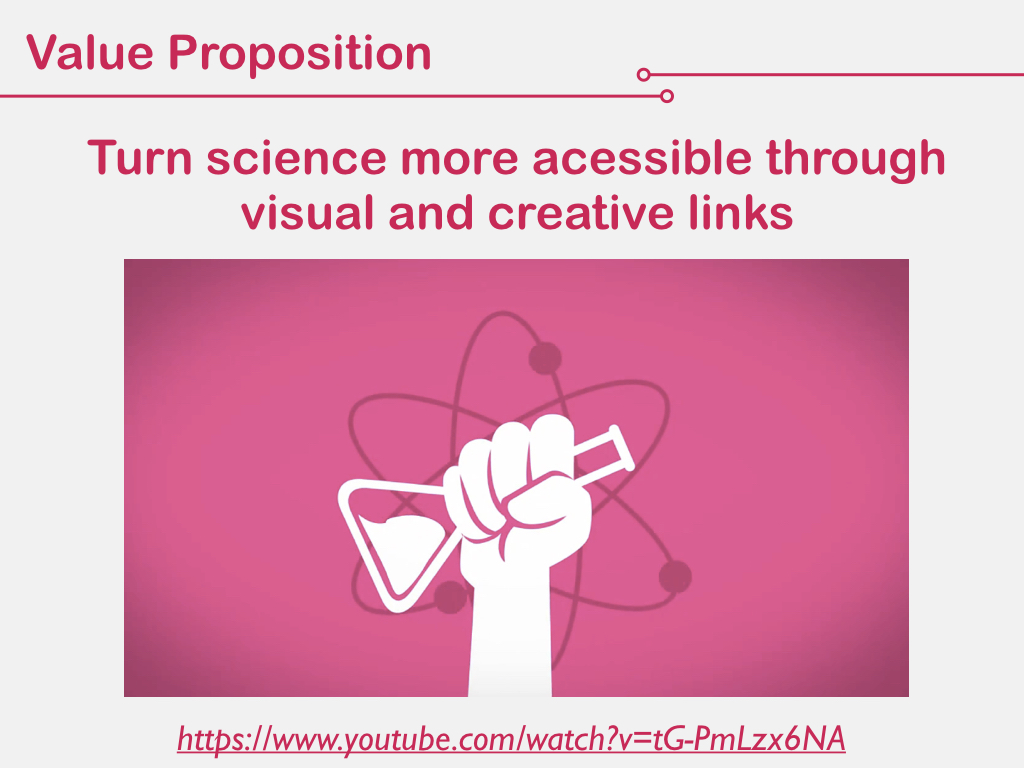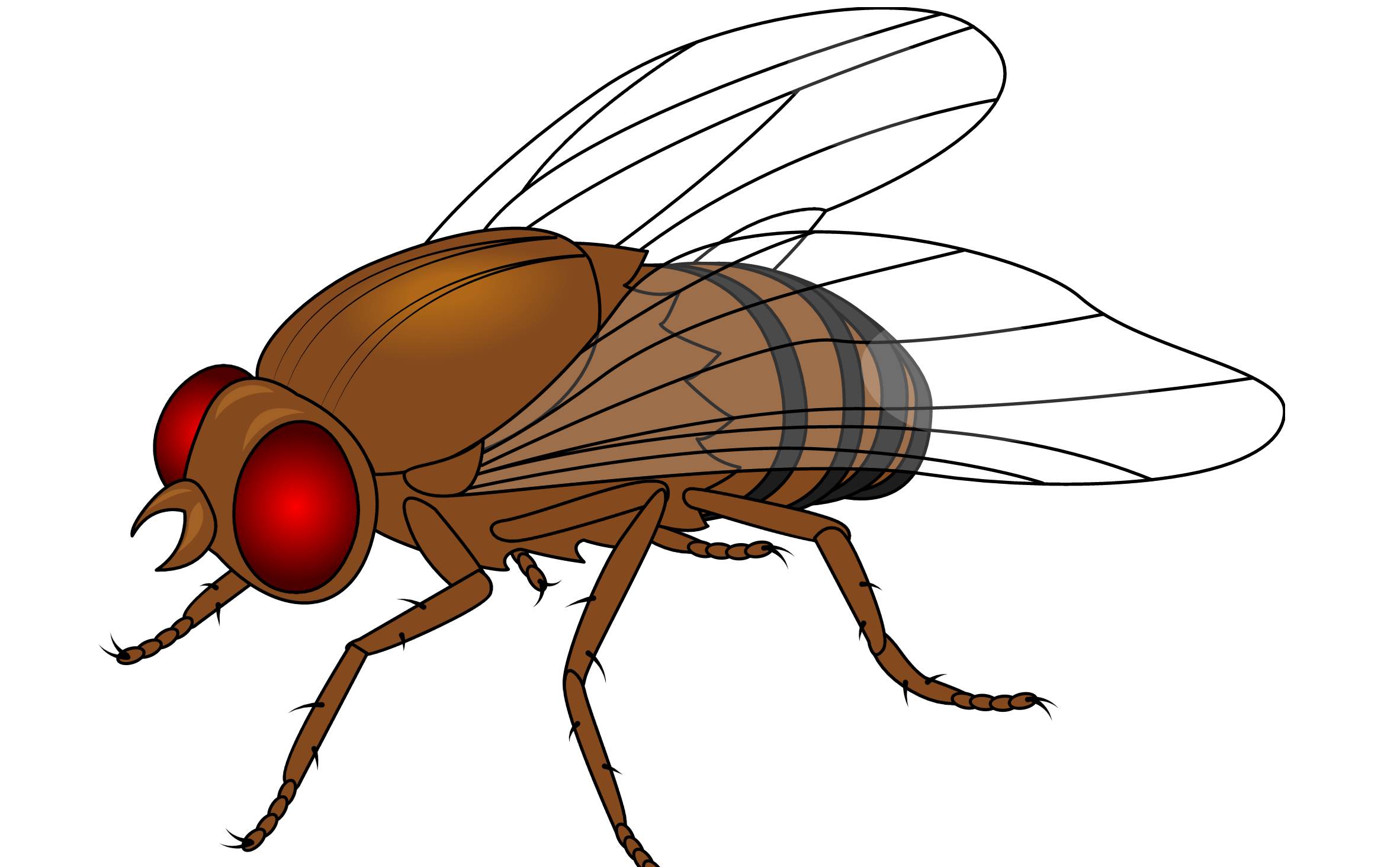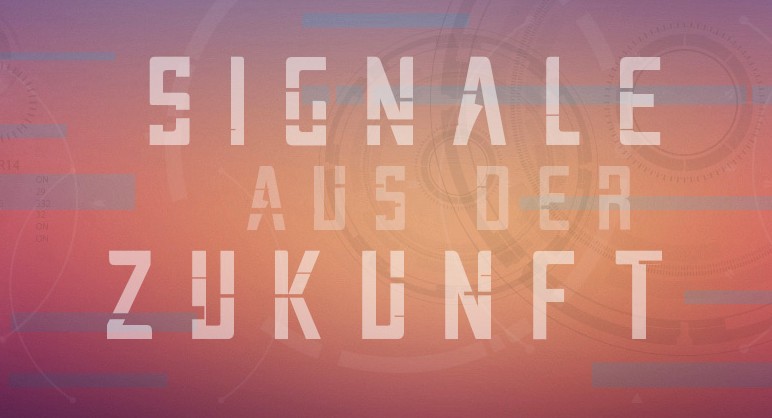Til vår store overraskelse, Mind the Graph has been recently featured in a post about meaningful strategies of digital branding. It’s noteworthy to highlight the words of the co-founder Fabricio Pamplona understreker det empatiske aspektet bak plattformen (se nedenfor).
Empathy is a crucial point in mindthegraph product development since the beginning. This was not a deliberate strategy on digital branding, rather, a legit strategy to create a product that is meaningful for our dear users.
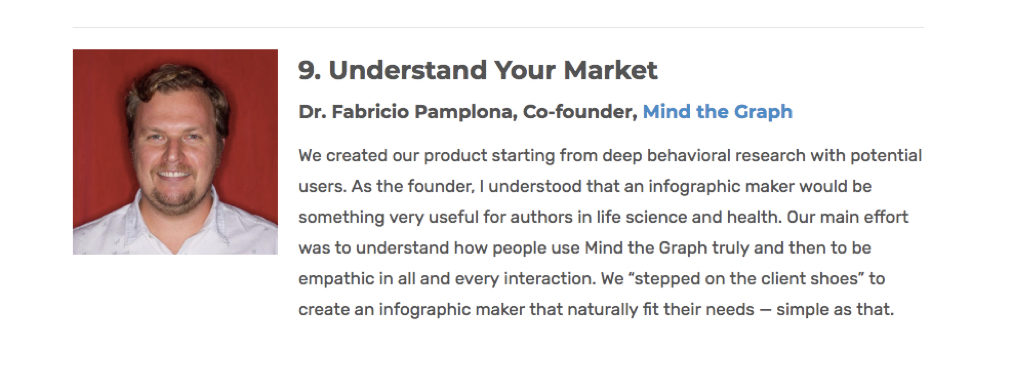
Understanding the market (deeply) is crucial to create a meaningful product. And that came naturally, as one of the co-founders is a scientist himself. Fabricio had been following initiatives like the “Article of the Future” by Elsevier and knew that scientist struggle to create figures and presentations to represent their work.
A scientific paper depicts research where one spent, on average, 30K to 100K USD, and all this insightful (and expensive) information is hidden behind a literal wall of words. Nobody reads, nobody cites, nobody cares. Sad, isn’t it?
En fersk undersøkelse utført av Economist shows that a regular paper receives less than 2 citations… Why does it matter? Because being cited means “relevance” in the community for a researcher. In other words, it’s the currency researchers use to compensate one another for the efforts.
Se på det: Hvis du bruker figurer og infografikk, blir siteringsraten mer enn fordoblet!
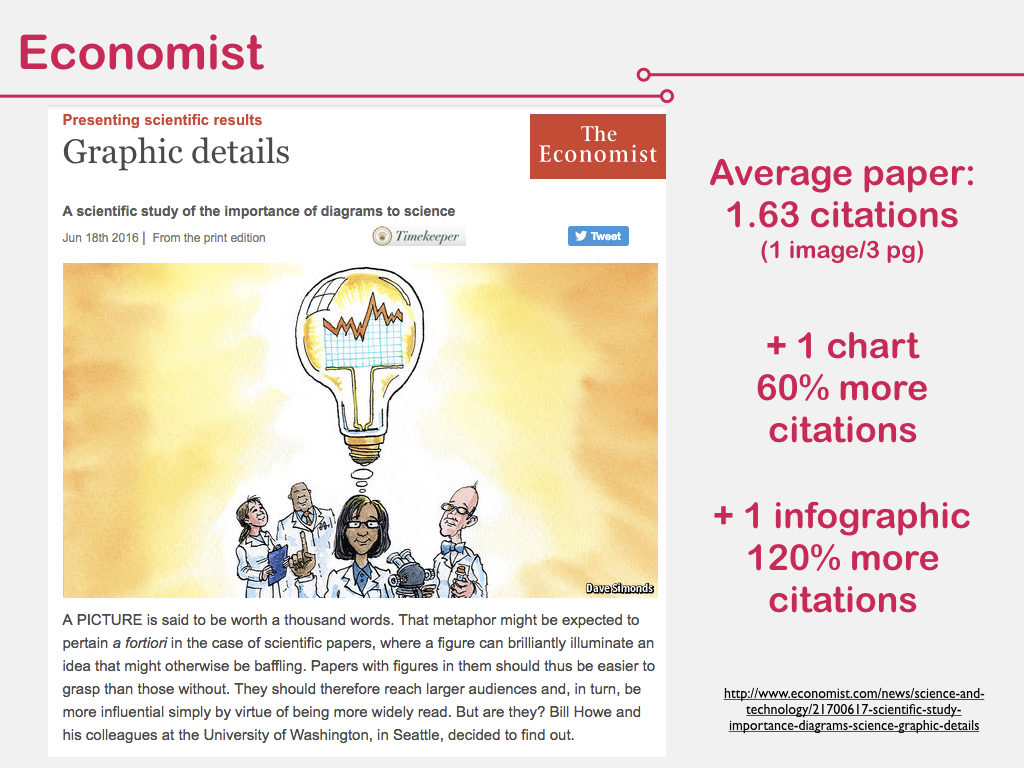
Det er nettopp dette vi i Mind the Graph tror på: at infografikk skaper flyt og skjønnhet i kompleks informasjon. De forvandler uspiselige vitenskapelige data til noe fint å lese, sitere og dele.
Folk forstår faktisk mer, husker mer og har mer glede av å studere med infografikk. Se for eksempel figuren er laget for en av våre kunder, professor Prediger. to summarize Parkinson’s disease model. You explain a lot in just one figure and it attracts the reader to dive into the more dense content.
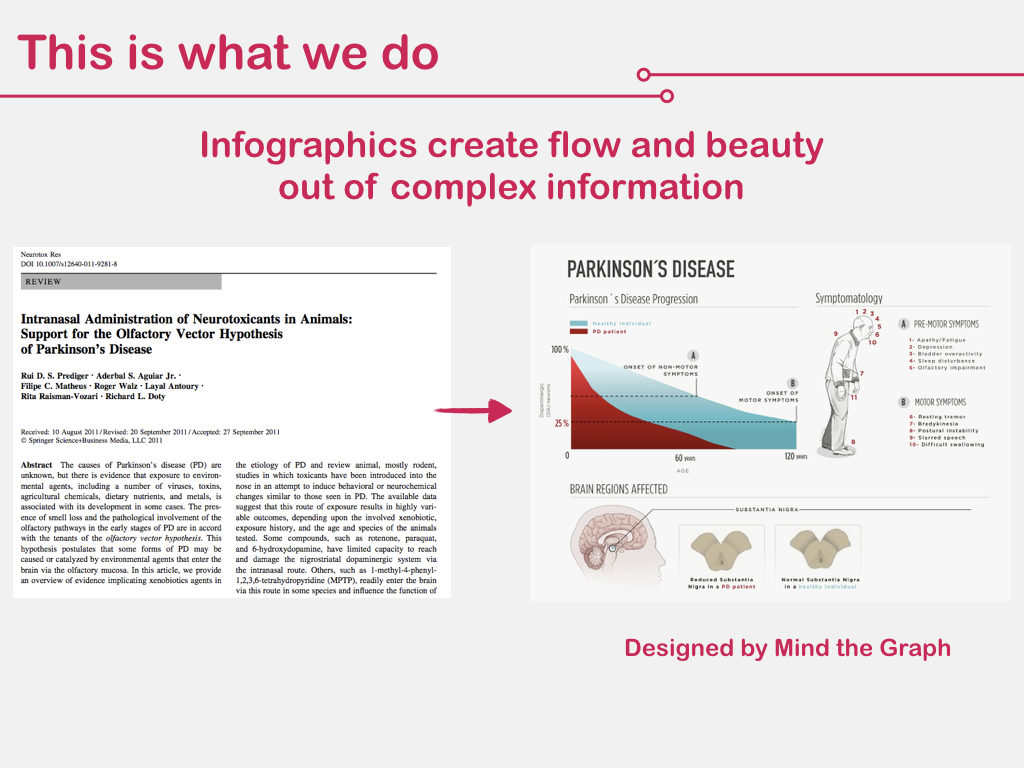
Before beginning the business, we already understood the need – visual communication for scientists – but we were not sure on how to delivery it. Therefore, we started by doing what is called “concierge validation” in the product design process, that’s it we used to meet the user need by delivering a service to understand how they think and what they actually wanted. In product design jargon: to feel where it hurts.
Figuren nedenfor viser det nøyaktige Eureka-øyeblikket for opprettelsen av Mind the Graph-plattform. Der ser du den faktiske tilbakemeldingen fra en bruker på en figur laget av oss på forespørsel. Han likte tilsynelatende, men tok seg tid til å skrive den ut og markere noen deler i gult, skrive legender og til og med inkludere nye tegninger.
We realize the client was saying: I like what you do, but please, do it this way. Do it MY WAY. That was the click that Mind the Graph should be a do-it-yourself platform, where we enabled the creative force of the people at the other side.
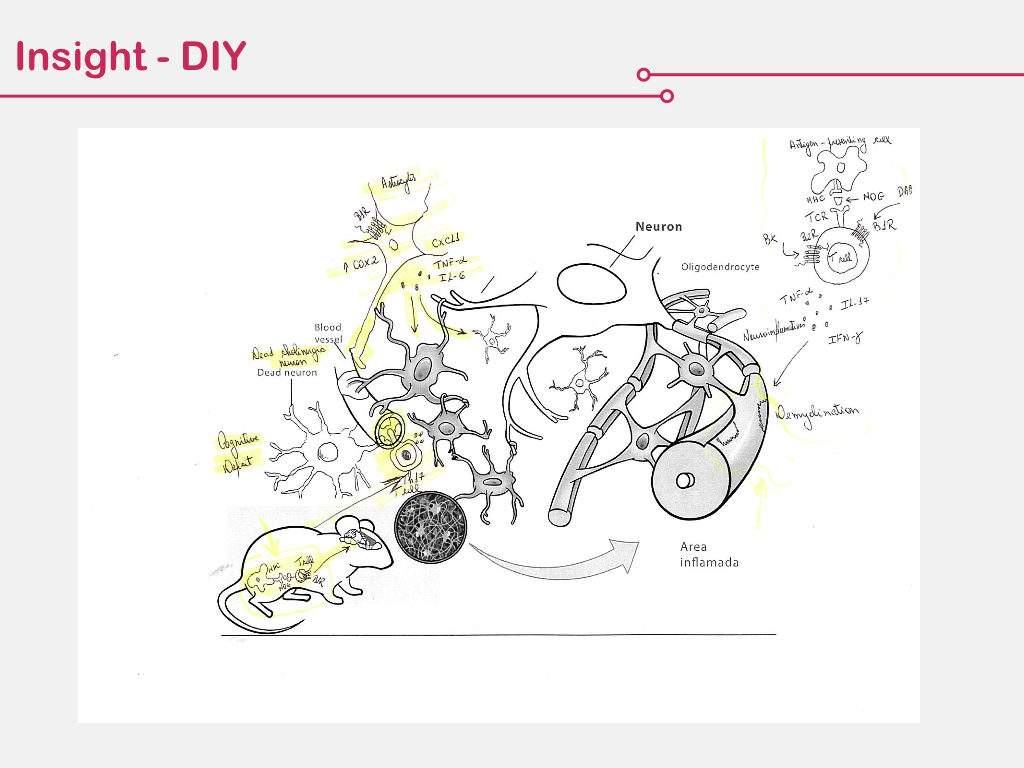
At this very moment, we decided to empower scientist and make THEM BECOME THE DESIGNERS. Our value proposition is to untangle science through visual and creative links and fundamentally, to provide the tools, not the answers. Is like teaching to fish, instead of providing the fish. How do you feel about it, have we done right? 🙂

Abonner på nyhetsbrevet vårt
Eksklusivt innhold av høy kvalitet om effektiv visuell
kommunikasjon innen vitenskap.

